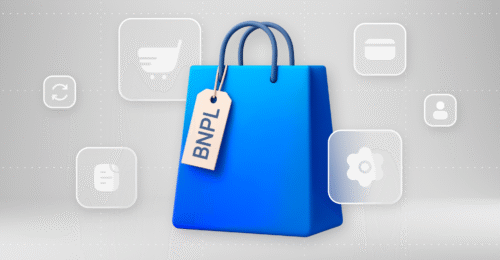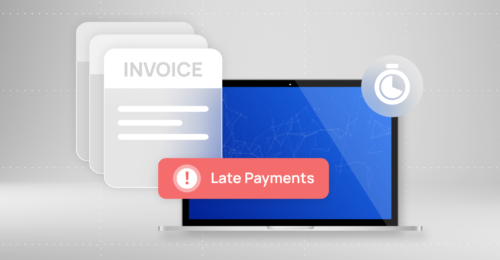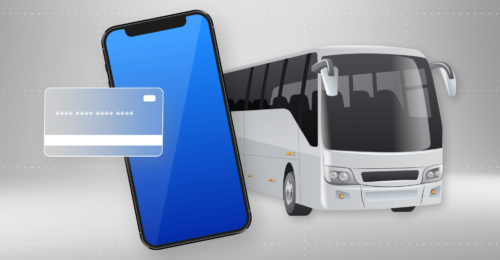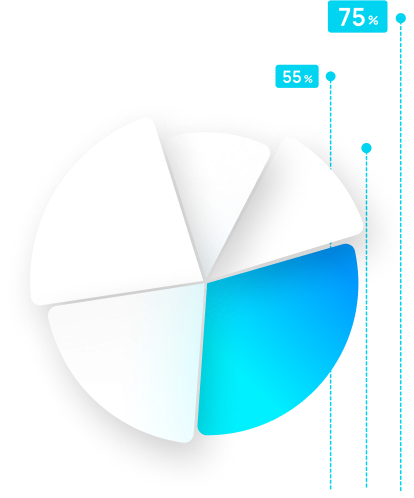- Payment gateway
- Blog
- The Future of Public Transport Payments: Trends, Challenges, and Business Strategies
The Future of Public Transport Payments: Trends, Challenges, and Business Strategies
With the fast-growing digitalisation, the global public transport sector is going through a big transformation, making the daily-routine trips more personalised and transparent . The old cash payment-driven ticketing system is being replaced by digital, contactless, and account-based payments. The consumers are now demanding seamless, quick, and secure payment systems, leading PTAs and transit companies to question their payment architectures. According to market projections, the market for public transport payments would rise from $241.8 billion in 2025 to $452.2 billion by 2034 on account of urbanisation and technology. That is why businesses operating in the PTA industry must currently monitor the trends, address big issues, and create successful payment models in order to stay competitive. In this article we will explore how to improve the PTA payment efficiency, highlight the key trends and challenges of the industry and show the main reasons making third-party payment gateways the easiest way to implement the features to ensure the customer satisfaction
Key Trends of Public Transport Payments
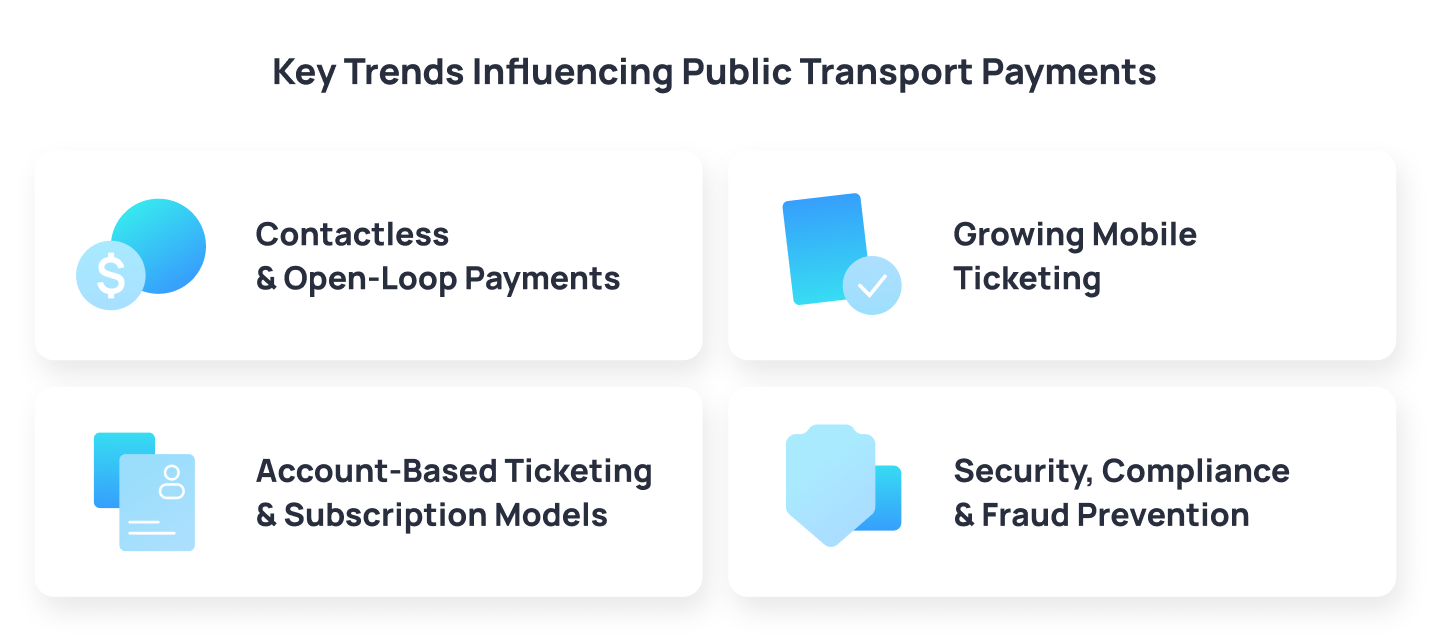
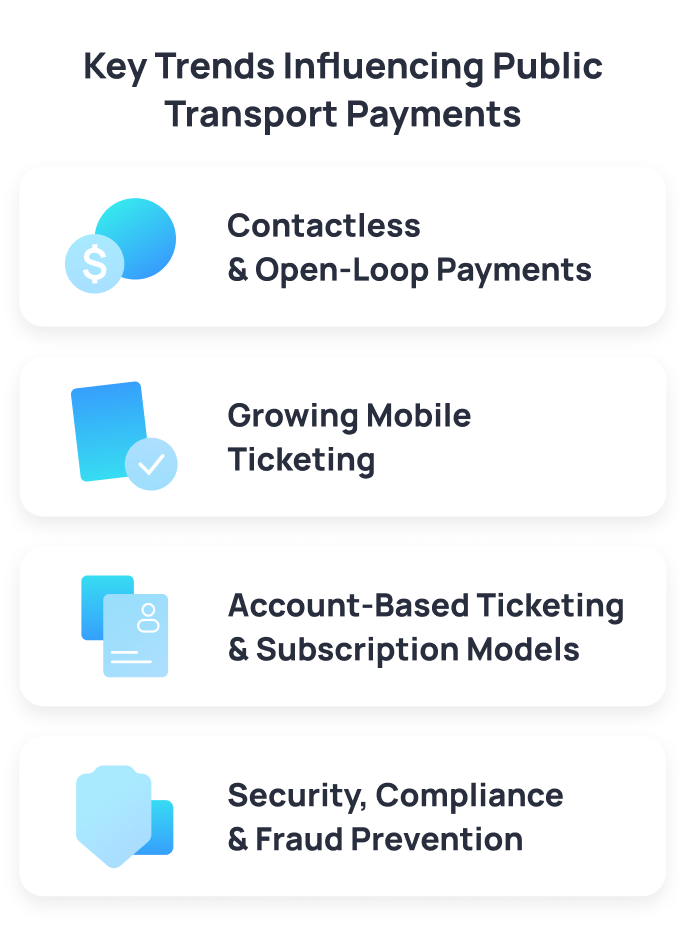
Contactless & Open-Loop Payments
Contactless payments have been implemented quickly on the transit networks. Open-loop payment systems allow customers to pay using their debit/credit bank card or mobile wallet like Apple Pay, Google Pay or Samsung Pay instead of a specialised transport card. These open-loop systems have worked well in London, New York, and Singapore, significantly reducing ticketing complexity and making the payment process more convenient
Growing Mobile Ticketing
Mobile ticketing also advanced robustly, especially in the Asian market. Chinese WeChat Pay and Alipay are the most popular transit payments using it with cashless and ticketless travel. Western countries are catching up, with several transit agencies offering mobile ticketing that enables advanced verification
Account-Based Ticketing & Subscription Models
ABT eliminates physical travel cards as it links a customer’s account to the history of travel for enabling post-paid fare calculation. ABT is capable of handling flexible fare plans like pay-as-you-go, capping, and discounting for loyalty. The majority of cities are migrating from stored-value cards to ABT as it provides higher operating efficiency and customer satisfaction
Security, Compliance & Fraud Prevention
As transactions increase online, so does the requirement for increased security features. Fraud detection systems, advanced risk assessment, and compliance with standards like PCI-DSS, EMV 3D Secure, and PSD2 must be implemented to guarantee the safety of transactions. Transport authorities have to implement advanced fraud protection systems to ensure user confidence and system integrity
Public Transport Payment System Challenges
As PTAs are trying to upgrade their payment systems, they are meeting various challenges caused by legacy systems and aging infrastructure, fragmented systems, revenue inefficiencies, and future requirements of seamless mobility solutions. Let’s highlight the main issues:
Legacy Systems & Aging Infrastructure
Most PTAs have legacy fare collection systems deeply rooted in their systems. The older systems are inflexible to be integrated with new payment technologies, and modernisation is not only technically complicated but costly as well. In one case a company had $1.7 billion expenditure on upgrading its public transport ticketing system. The scheme has met the delays and problems, with tap-and-go payment by credit card and clever devices. The scheme was left reeling when one of the key players in the governing alliance withdrew from the deal, leaving the other partners to sort out the issues and sub-contract the parts of the scheme in an effort to put the plan back on track. A trial of the new contactless technology is only just underway, and no timeline for complete rollout on trams and trains has been indicated. This is typical of the complexity and budget constraints PTAs face in upgrading aging infrastructures
Fragmented Systems Interoperability
The public transportation context is usually composed of various service providers having varied payment channels, banks, and wallets. This may lead to a disconnected experience where the passengers have to employ varied means of payment for varied services. However, frictionless integration does not come easy. Research in EU-wide integrated ticketing reported that the lack of harmonised legislation on accessing fare data and the existence of differing business models between operators are the key deterrents of system integration. In addition, public service conditions may complicate revenue-sharing arrangements, further deterring standard payment solutions
Revenue Leak & High Transaction Costs
Traditional fare collection systems are prone to inefficiencies leading to revenue leakage. Errors in manual processes, old billing systems, and fare evasion result in huge revenue loss to PTAs. For instance, one company extended free public transport since there were chronic technical failures of the ticketing system that cost revenue last year $1.1 million. The action, initially introduced as a relief to the cost of living, also addressed issues on safety and helped to demonstrate the financial cost of defective fare collection systems. Digital solutions can reduce these issues by making payment of fares easier and reducing operating costs. It requires, however, large outlay in technology and infrastructure, which may be a deterrent for some PTAs
Delivering Customer Experiences of Frictionless Mobility
Customers are demanding frictionless mobility and this comes with frictionless payment experiences. The demand for real-time, convenient payments puts pressure on PTAs to improve to catch up. These lags to roll out existing payments solutions can infuriate consumers. One ticketing system, for example, had a lack of contactless payment modes, now widespread in most of the world’s great cities. Passengers expect it more these days that they are able to just pay for a trip with bank cards or mobile phones. Addressing these challenges demands a strategic approach to balance technological advancement with financial and operational sustainability. PTAs need to deal with the complexities of upgrading legacy systems, creating interoperability among varied service providers, avoiding revenue loss through efficient digital solutions, and adapting to shifting commuter needs for easy and smooth mobility
Business Strategies to Boost PTA Payments
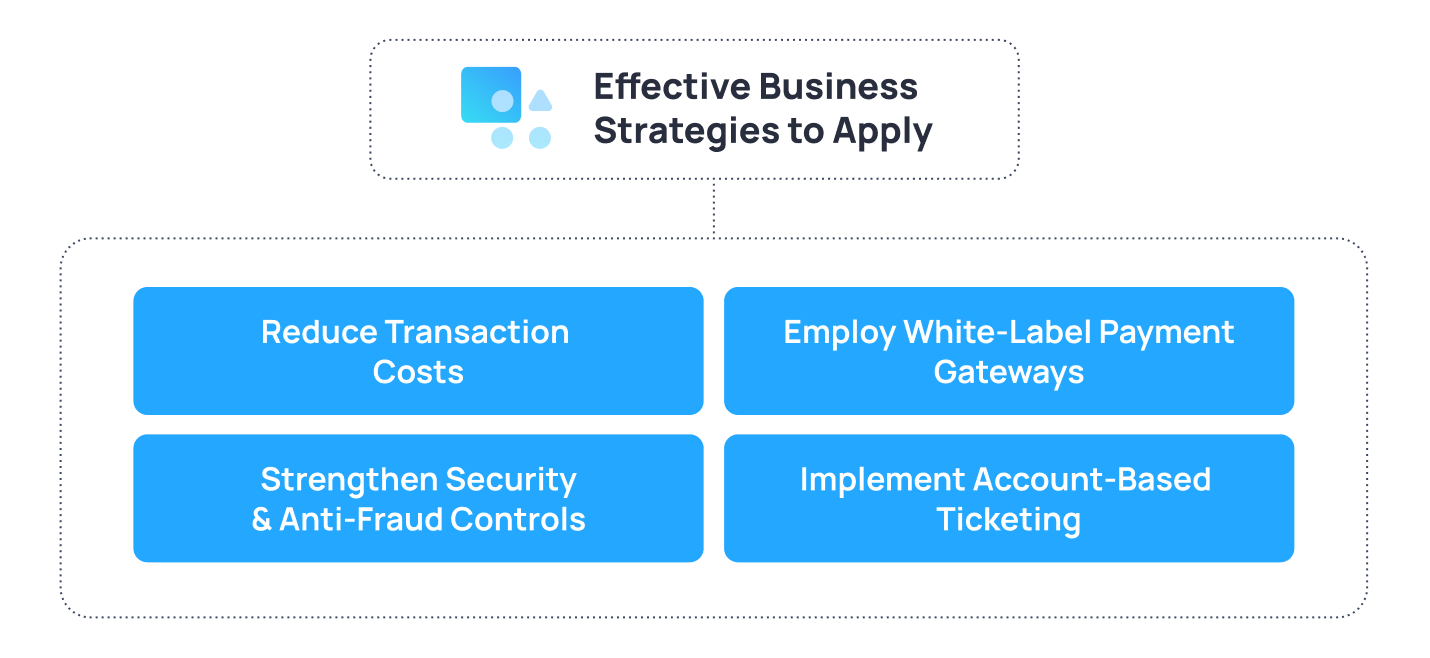
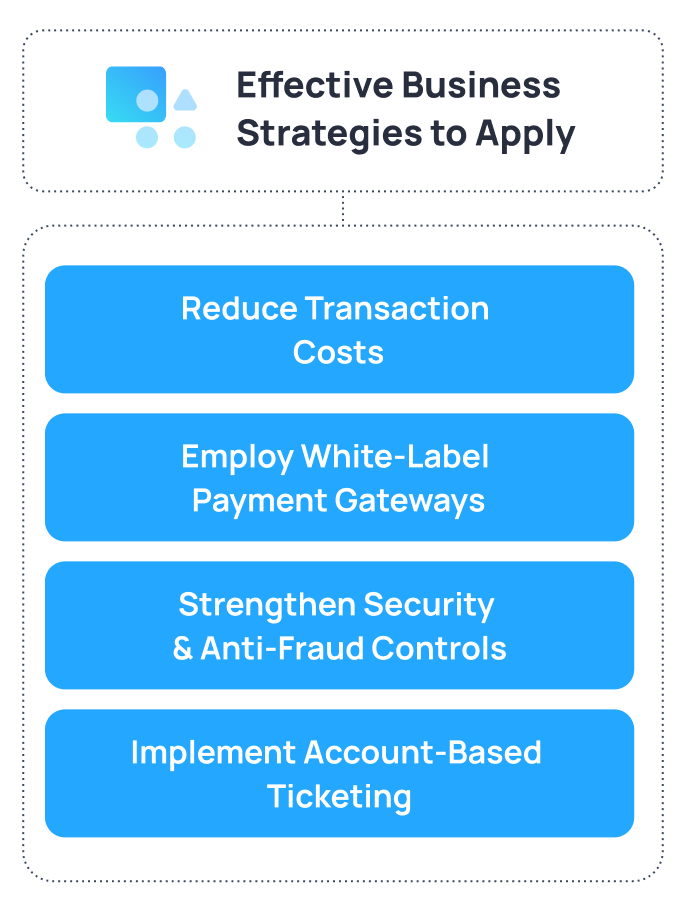
Reduce Transaction Costs
Dynamic pricing offers, subscription fares, and online payment monitoring facilitate reducing transaction costs while promoting profitability. Intelligent fare management assists PTAs in optimising revenues while making commuter incentives appealing
Employ White-Label Payment Gateways
A reliable white-label payment gateway enables quick payments and reduces integration complexities. White-label offers configurable, scalable payment infrastructure for guaranteed secure, efficient, and flexible transit payments. Key benefits are:
- Lower time-to-market with minimal development cost
- Contactless, account-based support for payments
- Fraud detection and security compliance integrated
- Scalability for multi-city and multi-mode transport network
Strengthen Security and Anti-Fraud Controls
The deployment of future-proof anti-fraud technologies with advanced capabilities is able to identify suspicious patterns in transactions, prevent abuse, and reduce financial risk. Adherence to global security standards such as PCI-DSS and PSD2 enables secure payments to be conducted without exposing digital payment infrastructure to threats
Implement Account-Based Ticketing
ABT enables PTAs to provide passengers with effortless fare plans that automatically change with frequency of usage, peak time, or usage pattern. The flexible model enhances passenger experience, maximises fare revenue, and enhances operational efficiency
Conclusion
Electronic payment of public transport is on the rise with contactless, account-based, and mobile ticketing becoming the new standard. PTAs and industry players must keep up with the trends by investing in modern payment technology, enhancing security, and partnering with fintech disruptors. By adopting the trends and implementing the improvement strategies, transit agencies can future-proof operations and also optimise the payment experience of their customers. As the sector continues growing, innovators and adapters, as well as their customers will benefit from the featured payment technologies
